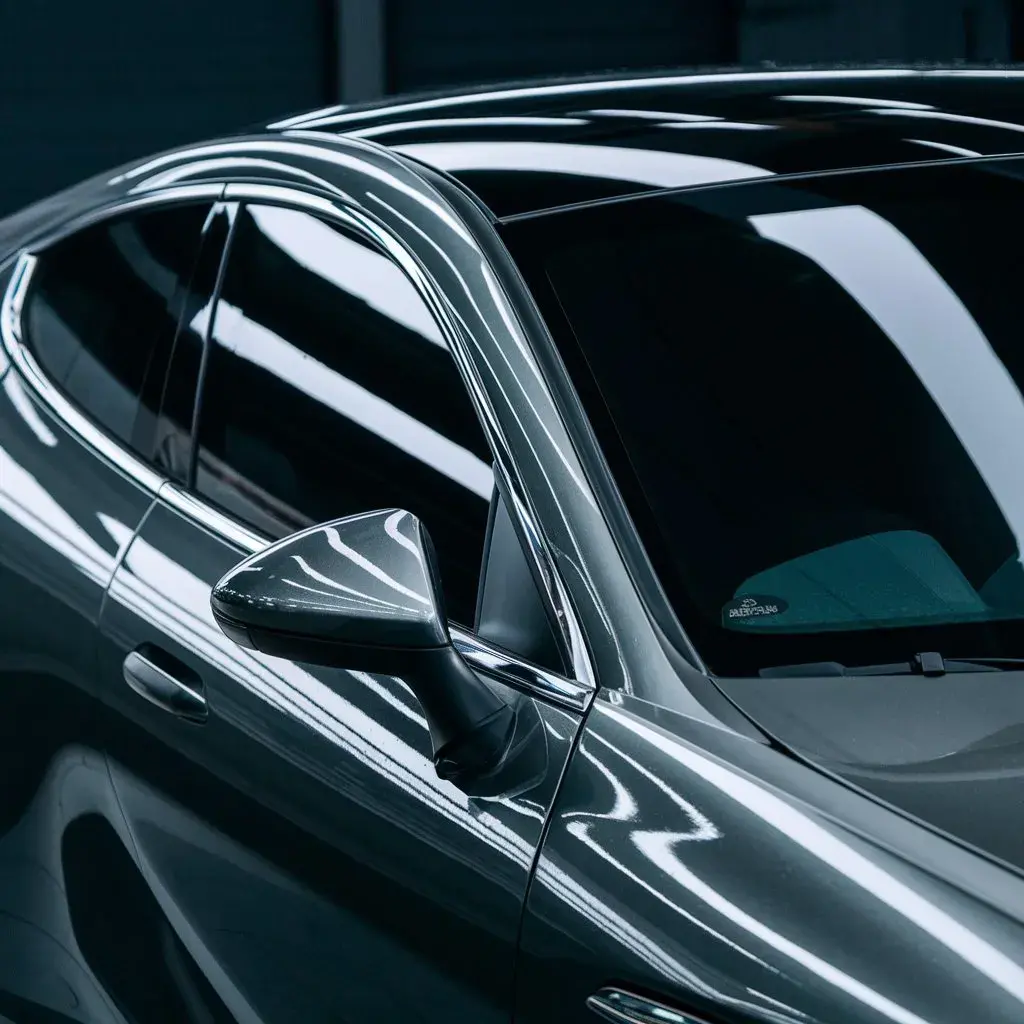
In the realm of automotive and architectural applications, metalized window tints represent a sophisticated technology designed to enhance thermal control and UV protection, leveraging thin metallic layers deposited via sputtering techniques. While these films provide significant benefits in terms of energy efficiency and comfort, they introduce complexities related to electromagnetic interference, notably impacting the functionality of devices reliant on radio waves, such as GPS and mobile phones. The addition of auto glass tinting can further enhance these benefits, offering superior UV filtration and temperature control. Industry efforts to counteract these disruptions include the integration of signal-amplifying technologies and the development of new film compositions that selectively allow radio frequencies to pass through. Nonetheless, the trade-offs between optimal thermal performance and signal transparency necessitate further exploration to achieve a more harmonious balance. How then, can we refine these technologies to better serve both functions without compromise?
Understanding Metalized Window Tints
Metalized window tints utilize multiple layers of advanced metallized film to enhance solar heat rejection and increase durability. This technology integrates thin metallic layers, typically aluminum or nickel-chrome, which are sputter-coated onto a base film. These coatings serve a dual purpose: they reflect solar energy, thereby reducing heat and UV penetration, and they add a robust structural integrity to the tint film.
The process of sputtering, which involves the deposition of metallic particles onto the film, ensures uniformity and precision in the creation of these layers. This results in a product that not only performs consistently across different environmental conditions but also maintains a uniform appearance that is crucial for aesthetic integration with various vehicle styles.
The reflectivity of these tints provides significant solar heat rejection, which contributes to enhanced thermal comfort within the vehicle and reduced reliance on air conditioning, thereby improving fuel efficiency.
For enthusiasts and professionals in the automotive industry who value both function and form, metalized window tints offer a sophisticated solution. They represent a fusion of engineering excellence and design innovation, tailored to meet the discerning needs of those who seek not just utility but also an enhanced sense of identity and belonging through their vehicle enhancements.
Mitigating Signal Interference with Auto Glass Tinting
Despite the numerous benefits of metalized window tints, they can create challenges for electronic signal transmission, such as reduced GPS, cell phone, and radio reception within vehicles. To mitigate these issues, several approaches are being developed, focusing on enhancing the compatibility of metalized tints with electronic communication systems.
One effective strategy involves the use of signal-boosting technologies. Amplifiers or repeaters can be installed within the vehicle to enhance signal strength, thereby overcoming the attenuation caused by the metallic particles embedded in the tint. This solution ensures that the signal integrity is maintained, providing uninterrupted service and connectivity.
Alternatively, advancements in tint manufacturing have led to the development of ‘selectively permeable’ metalized films. These films are engineered to reflect infrared rays and UV radiation while allowing radio and cellular signals to pass through. This selective permeability is achieved through precise control over the density and distribution of metallic particles within the film, a process that requires sophisticated manufacturing techniques and meticulous quality control.
In conclusion, metalized window tints exemplify the classic struggle between technological advancement and unintended consequences, akin to a double-edged sword. While these tints significantly reduce solar heat gain, their metallic composition can disrupt essential radio communications.
The integration of auto glass tinting further enhances the thermal performance and UV protection benefits, making it a valuable addition. The development of selectively permeable films and signal-boosting technologies represents a harmonious solution, balancing the scales between enhancing thermal performance and preserving signal integrity. This evolution in window tinting technology illustrates a profound commitment to overcoming challenges while optimizing functionality.